Skip to content
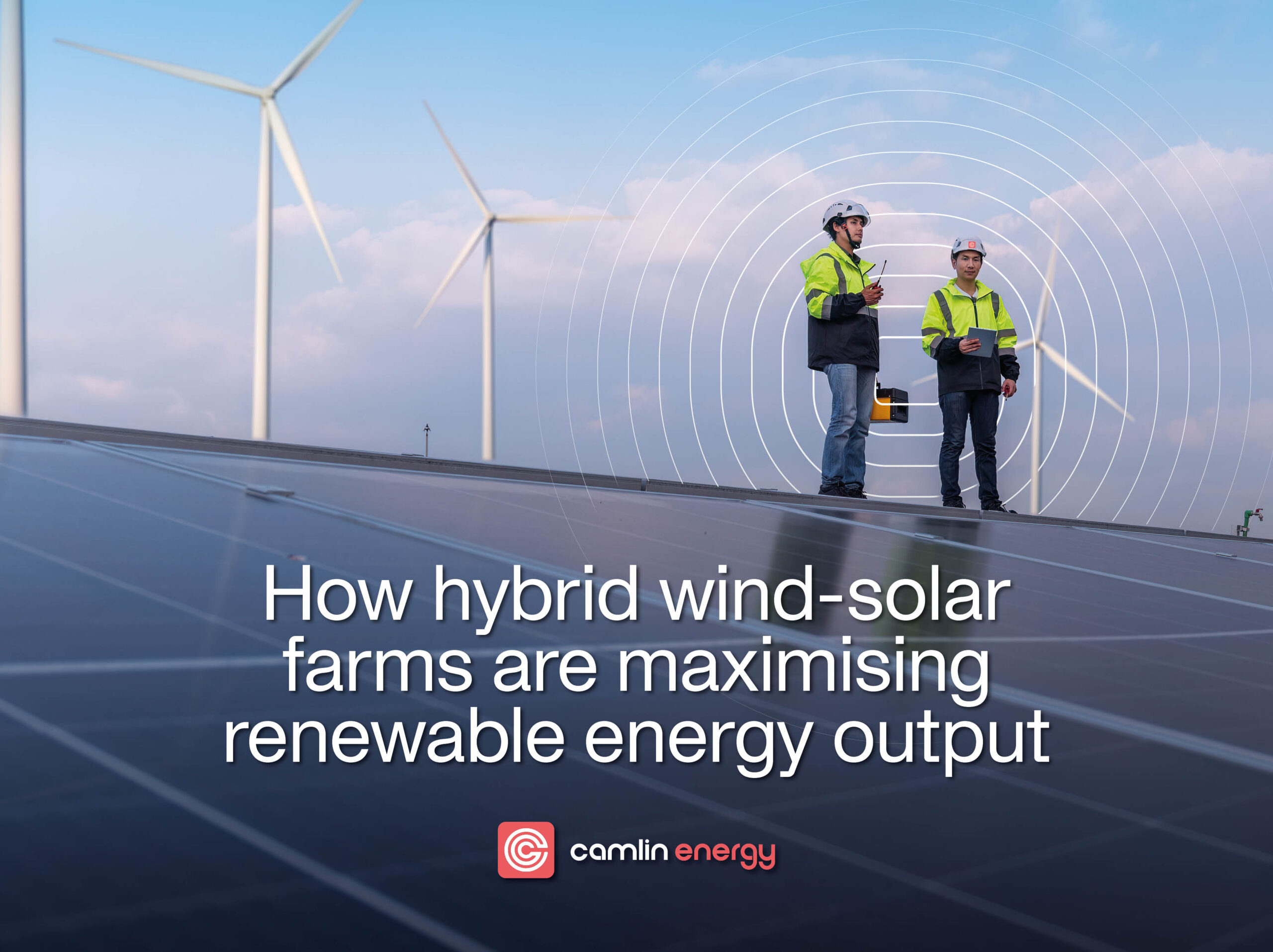
Insights
Energy
How hybrid wind-solar farms are maximising renewable energy output
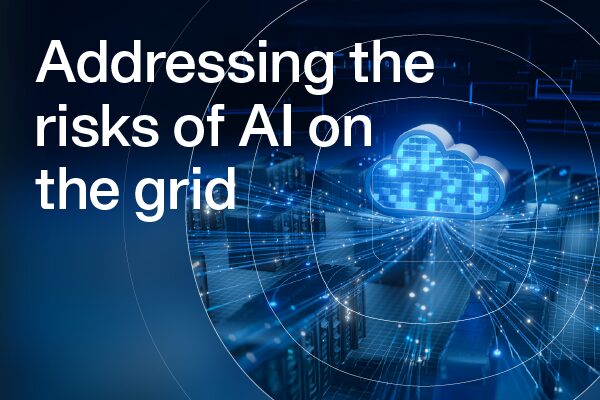
Insights
Energy
AI demand is redefining data centre resilience
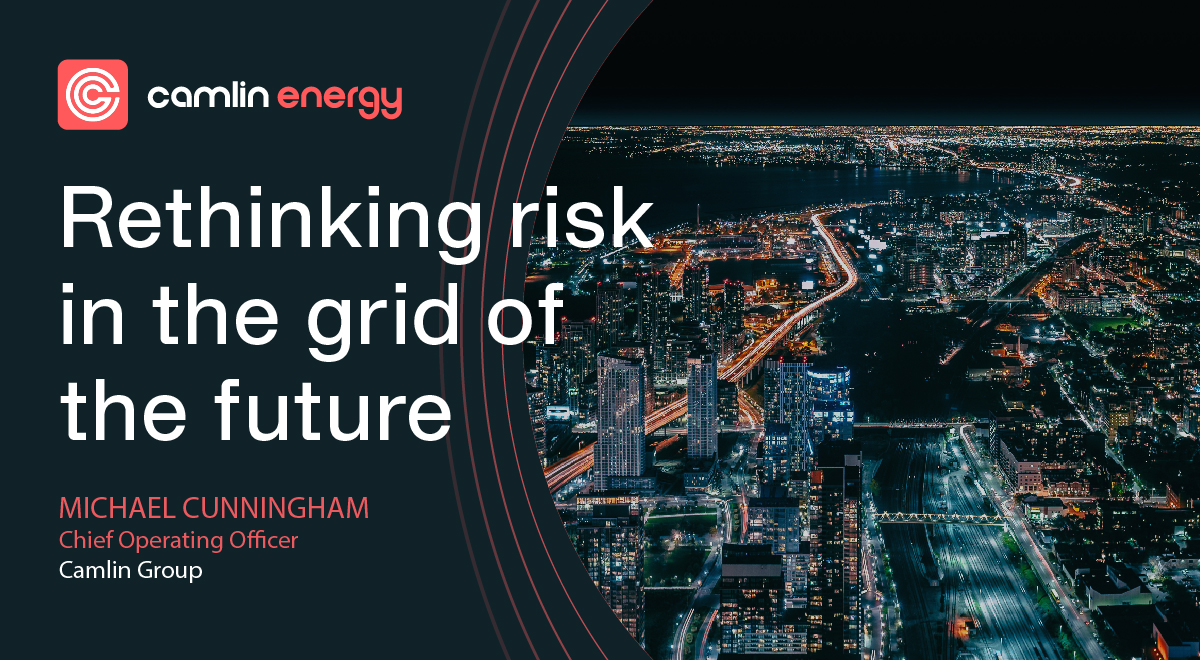
Insights
In a grid transforming faster than its models, the greatest risk is the one utility cannot see…
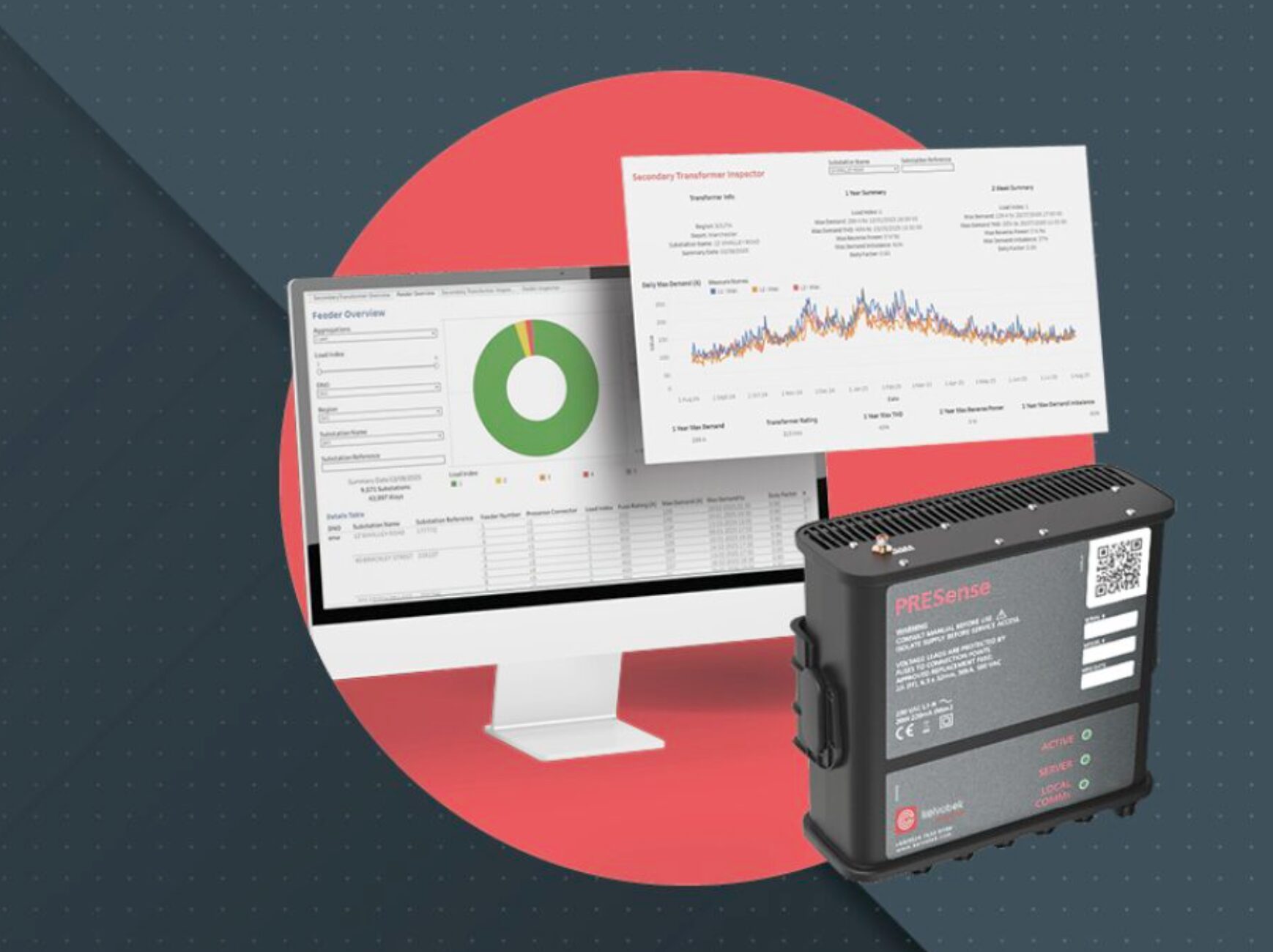
Insights
Energy
PRESense | Enabling a smarter network with load indices

Insights
Energy
Transformer Insights: The key components in a transformer and why they fail
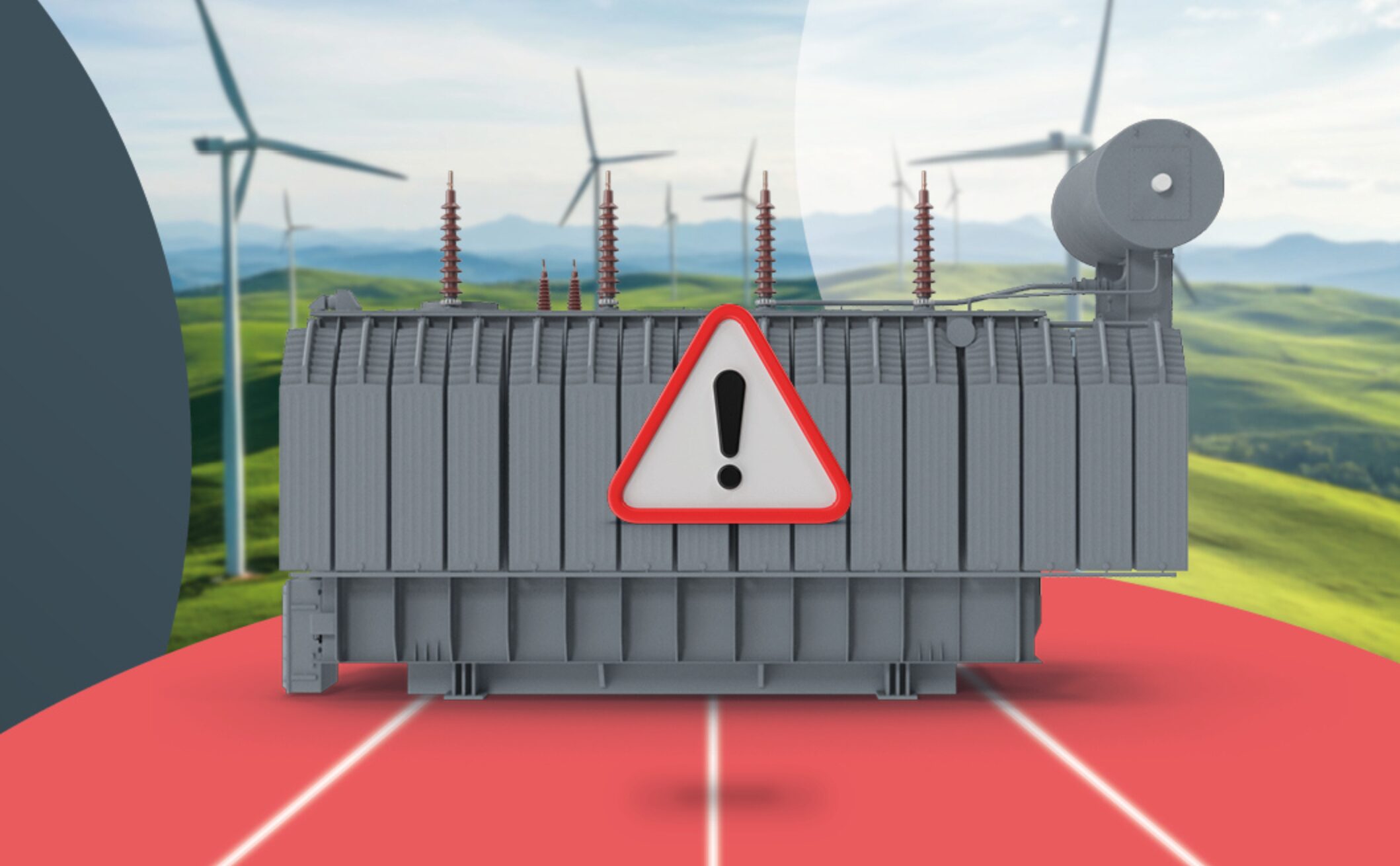
Insights
Energy
Transformer lead times: Why it matters to renewables energy producers
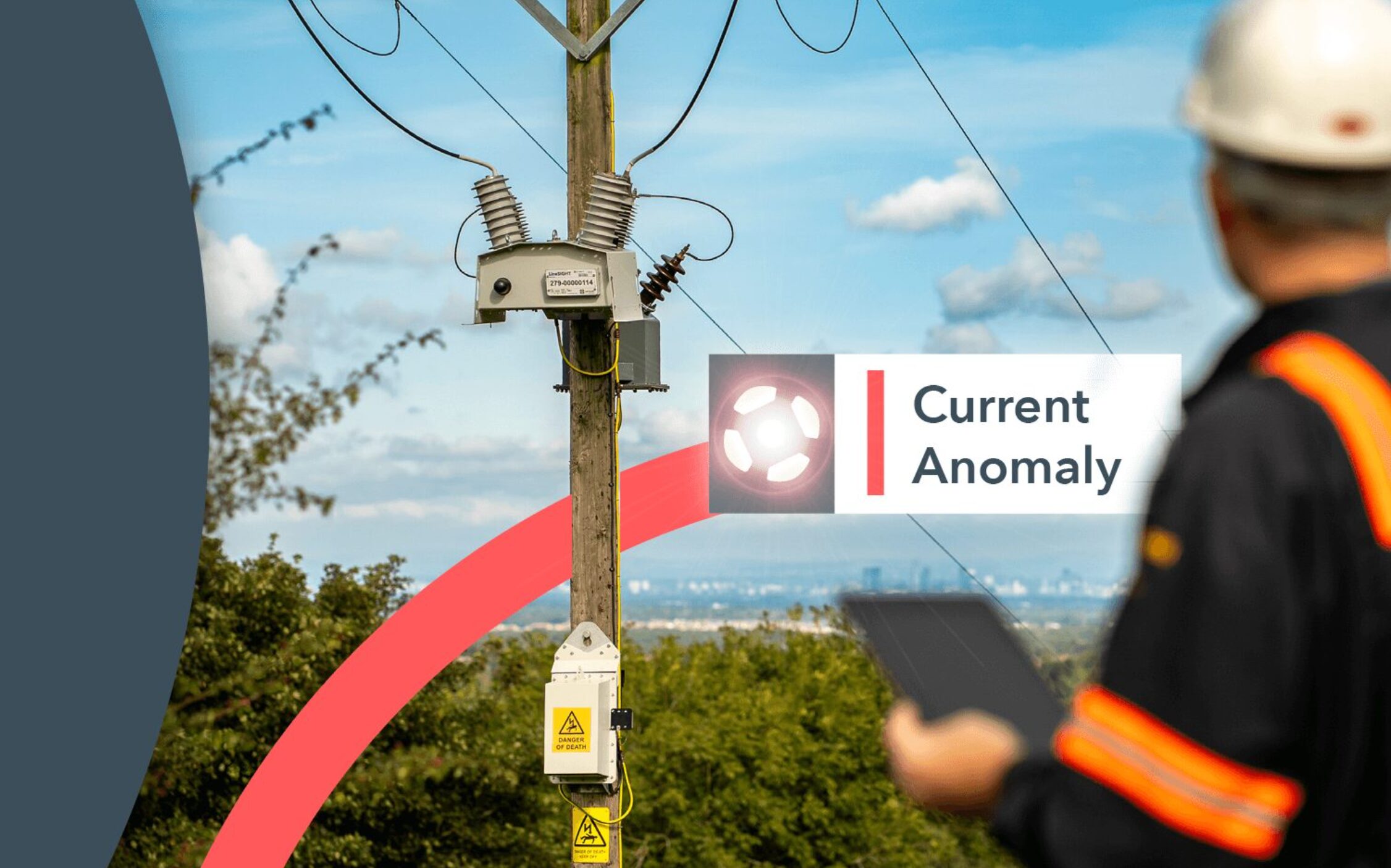
Insights
Energy
Electricity North West targets improved safety and resilience with LineSIGHT

Insights
Energy
Five reasons why wind energy providers should invest in transformer monitoring
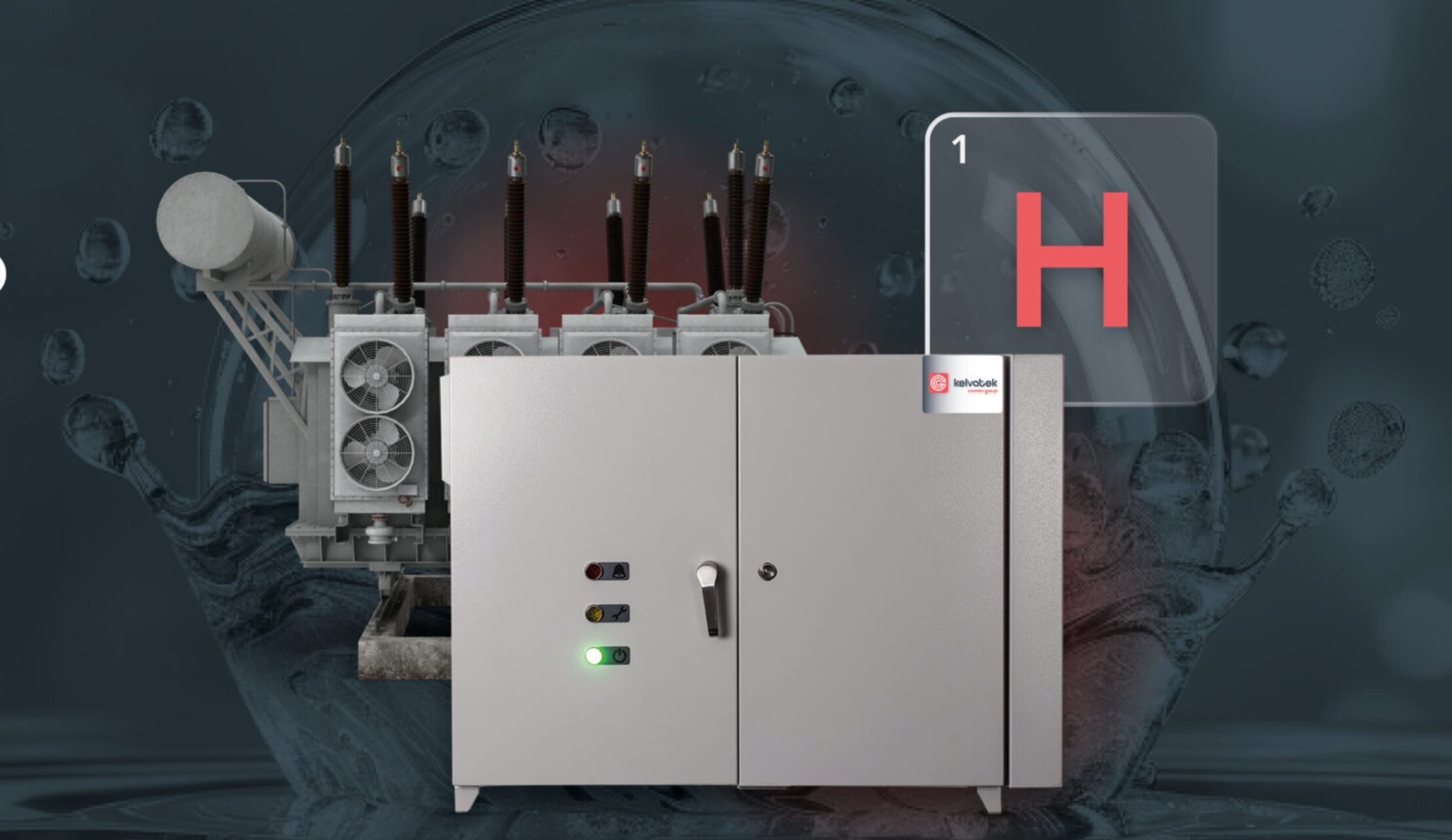
Insights
Energy
Gas analysis series | Why it’s important to monitor hydrogen in transformers